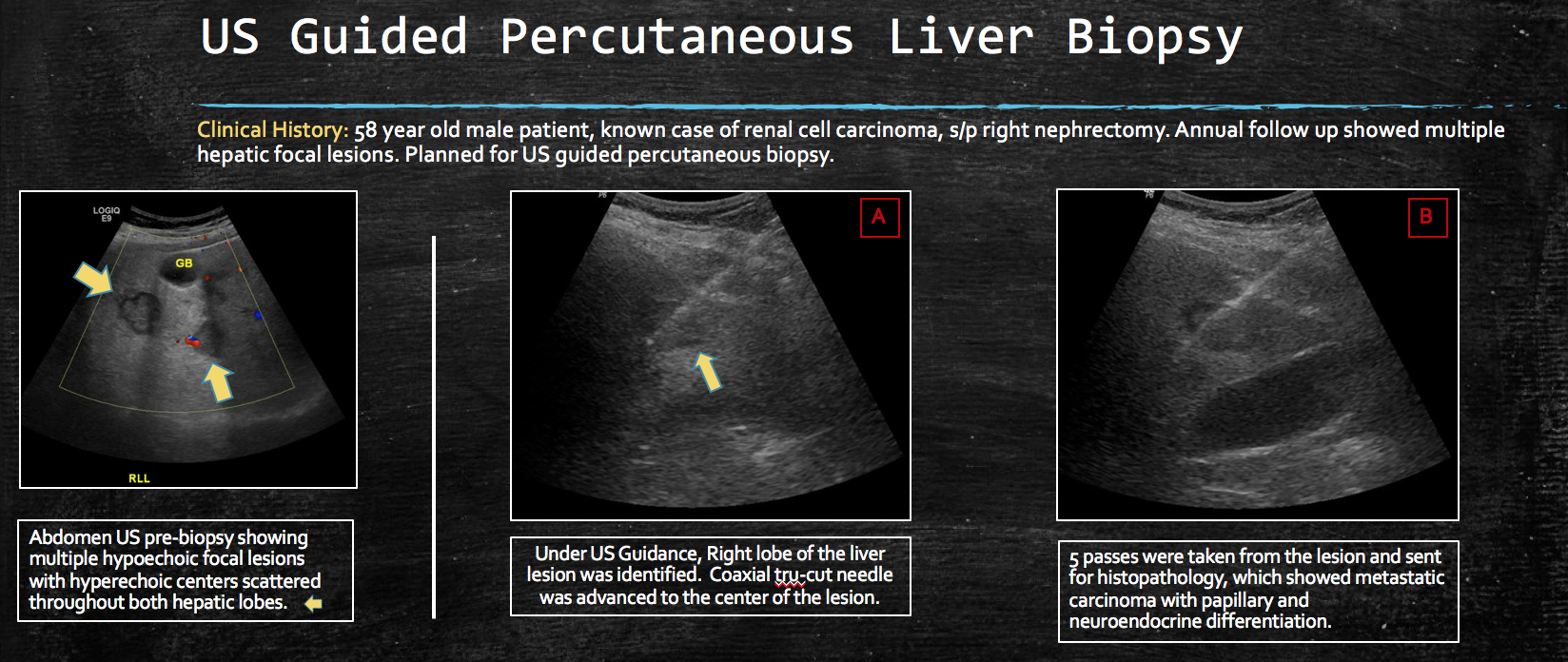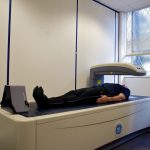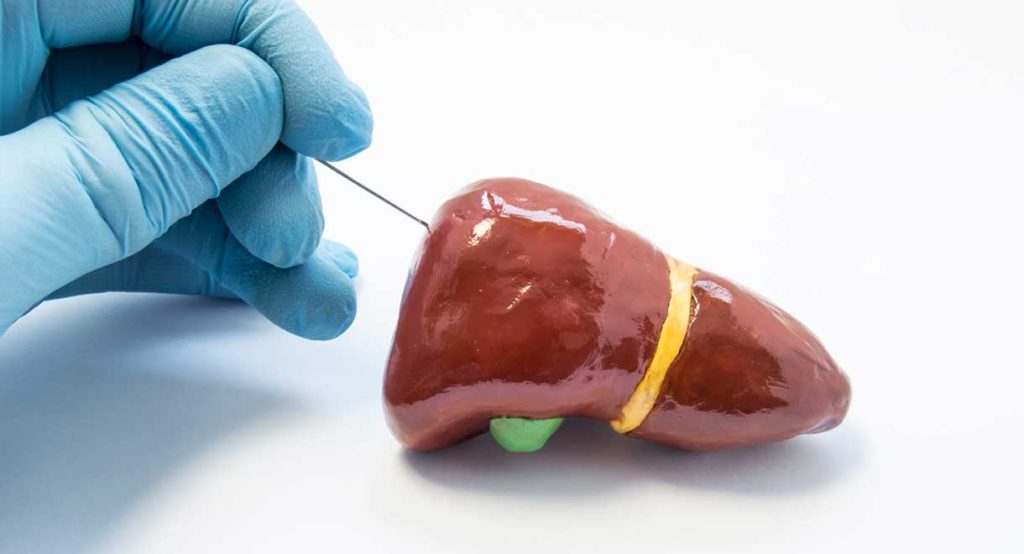
A biopsy means removing a sample of cells or tissue and looking at it under a microscope. You may have a liver biopsy to help diagnose liver cancer. But not everyone needs to have a liver biopsy. Doctors can often diagnose liver cancer just by looking at the scans.
You usually won’t have a liver biopsy if your doctor thinks:
- they can remove the cancer
- you may be able to have a liver transplant
This is because there is a small risk that a liver biopsy could spread the cancer along the path of the biopsy needle. It is important to avoid this if the cancer hasn’t already spread. Your doctor can confirm the diagnosis after surgery.

You may also need to have a liver biopsy if your doctors think you have secondary liver cancer. Secondary liver cancer means that a cancer that started somewhere else in the body has spread to the liver.
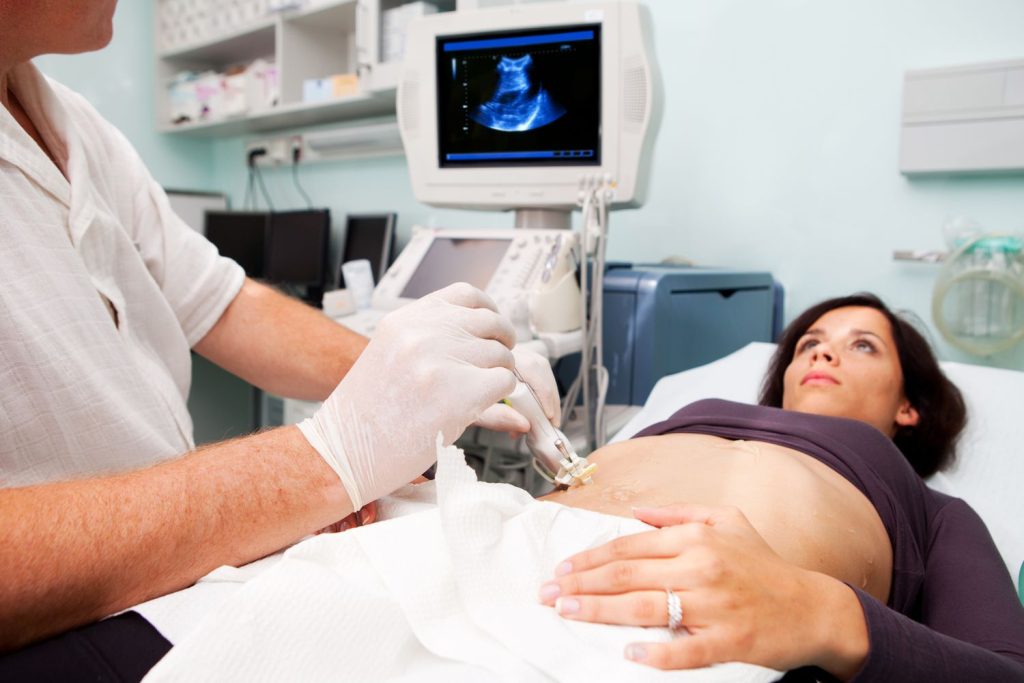
How you have a biopsy
There are several different ways that your doctor can take samples from your liver:
Through the skin on your tummy (percutaneous biopsy)
Percutaneous means through the skin. Your doctor (radiologist) takes a sample of liver tissue by passing a needle through your skin into the liver. First, they clean your tummy (abdomen) with antiseptic solution. They then inject some local anaesthetic into the area over your liver.
Your doctor then puts a special needle in through the skin into your liver. They use ultrasound or CT scans to help guide the needle into the right place. They take a sample of tissue and send it to the laboratory for a specialist doctor (called a pathologist) to look at. At the end of the test they remove the needle and cover the area with a small dressing.
Through a vein in your neck (transjugular biopsy)
A transjugular biopsy is less common than a percutaneous biopsy. Your doctor takes the liver sample through a vein in your neck. For this test, your doctor usually gives you a drug to help relax you (sedation).
Your doctor (radiologist) cleans the right side of your neck with an antiseptic solution. They then inject a local anaesthetic to numb the area. Your doctor puts a thin tube (catheter) into a vein in your neck. They move the catheter down into the veins of your liver using x-rays to help guide them.
Your doctor removes a small piece of tissue from your liver. They send this to a laboratory for a specialist doctor (pathologist) to look at. At the end of the test, they remove the catheter and put a small dressing over the area.
Keyhole surgery (laparoscopy)
Laparoscopy is a small operation to look inside your tummy (abdomen). Your surgeon can closely examine your liver and the surrounding area. They can look for any signs of cancer and whether it has spread.
You have the operation while you are asleep (under general anaesthetic). Your surgeon usually makes 2 or 3 small cuts in your tummy (abdomen):
- one in or near your tummy button
- on one or both sides of your upper abdomen
Your surgeon puts a thin tube with a light and camera (laparoscope) through one of the cuts. They can see the pictures on a TV screen. They put surgical instruments through the other cuts.
They can take samples of tissue (biopsies) and fluid to send to the laboratory. The samples are checked for cancer cells and to see whether the rest of your liver is healthy.

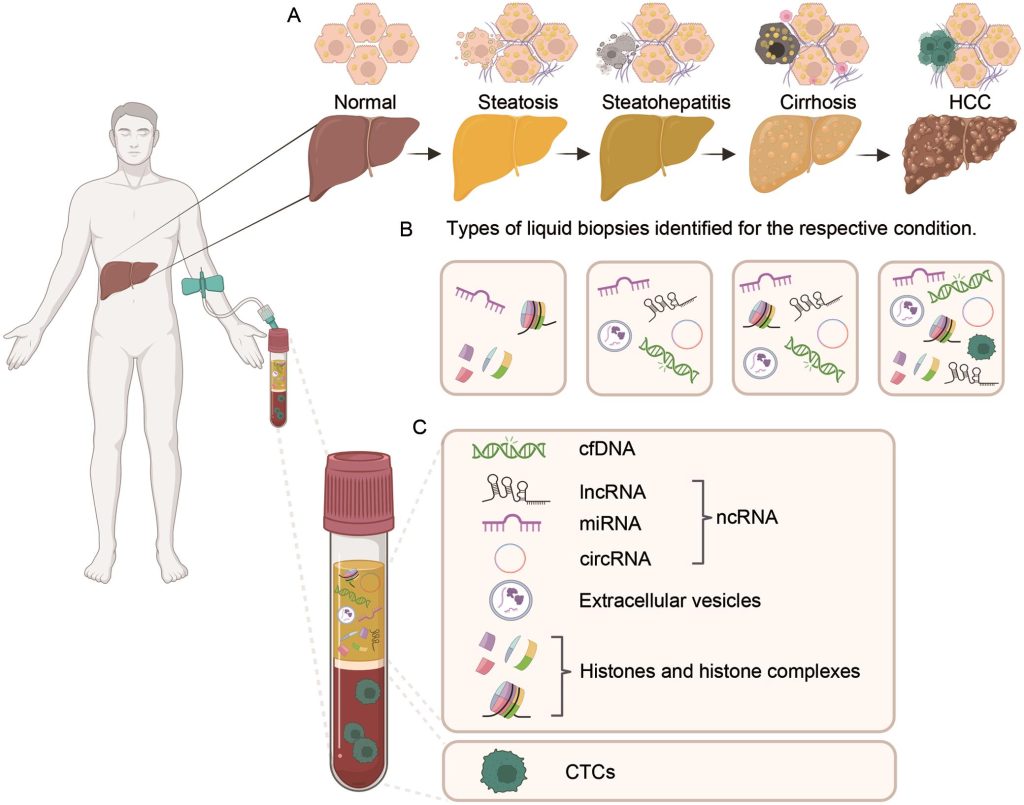
After the test
You need to stay in bed for about 6 hours after a liver biopsy. So you may need to stay in hospital overnight. There is a risk of bleeding afterwards and your doctor will want to keep an eye on you.
Getting your results
You usually get the results within 2 weeks. The doctor who arranged the biopsy will give them to you.
Waiting for test results can be worrying. It may help to talk to a close friend or relative about how you feel.
